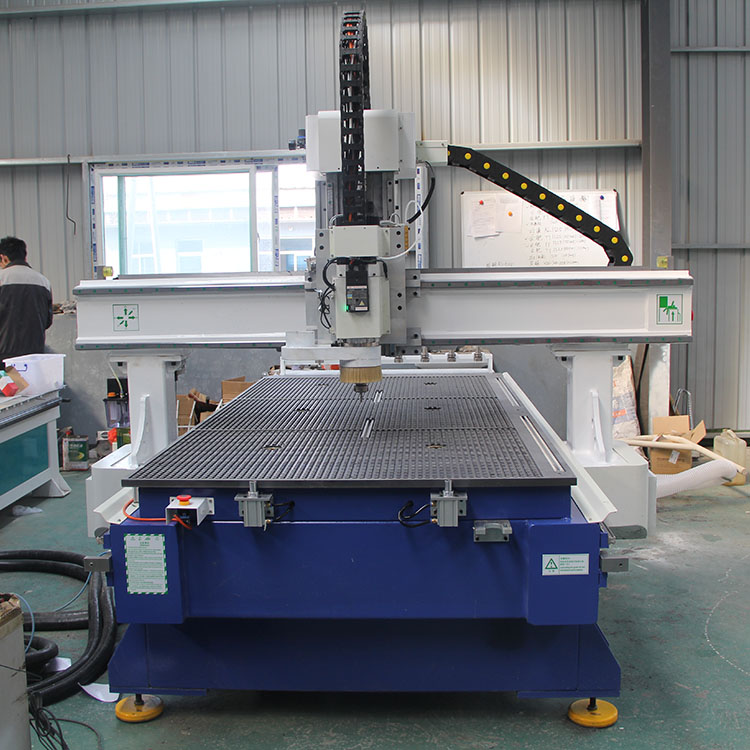
- English
- Español
- Português
- русский
- Français
- 日本語
- Deutsch
- tiếng Việt
- Italiano
- Nederlands
- ภาษาไทย
- Polski
- 한국어
- Svenska
- magyar
- Malay
- বাংলা ভাষার
- Dansk
- Suomi
- हिन्दी
- Pilipino
- Türkçe
- Gaeilge
- العربية
- Indonesia
- Norsk
- تمل
- český
- ελληνικά
- український
- Javanese
- فارسی
- தமிழ்
- తెలుగు
- नेपाली
- Burmese
- български
- ລາວ
- Latine
- Қазақша
- Euskal
- Azərbaycan
- Slovenský jazyk
- Македонски
- Lietuvos
- Eesti Keel
- Română
- Slovenski
- मराठी
- Srpski језик
Enhancing cnc machining productivity:5 strategies for faster turnaround times
2024-04-01
In today's fast-paced manufacturing environment, minimising lead times and maximising productivity are essential to remain competitive. For CNC machining operations, achieving faster turnaround times without compromising quality is critical. This article takes a closer look at five specific strategies for improving CNC machining productivity and streamlining operations.
Advanced toolpath optimisation: Generate efficient machining paths with cutting-edge CAM software with advanced toolpath optimisation capabilities. These tools analyse geometry, tool constraints and machining parameters to minimise tool travel distances, reduce cycle times and maximise spindle utilisation, ultimately speeding up part production.
High Speed Machining (HSM) Technology: HSM technology is implemented to accelerate material removal rates while maintaining accuracy and surface finish. The HSM strategy utilises optimised toolpaths, high spindle speeds and fast feed rates to minimise machining times, particularly for complex geometries and hard materials, resulting in shorter lead times for CNC machined parts.
Flexible workholding solutions: Invest in modular and adaptable workholding systems that allow quick and easy setup changes between machining operations. Flexible workholding solutions, such as quick-change pallets, modular clamps and vacuum clamping systems, facilitate fast part loading and unloading, reduce downtime between setups and increase overall machining productivity.
Lean Manufacturing Principles: Apply lean manufacturing principles, such as value stream mapping and continuous flow, to identify and eliminate non-value-added activities during CNC machining. Streamlining workflows, reducing setup times and optimising material handling procedures can significantly reduce cycle times and improve overall operational efficiency.
Real-Time Production Monitoring: Implement a real-time monitoring system to track key performance indicators (KPIs) and machine utilisation metrics in CNC machining operations. By collecting and analysing data on machine uptime, cycle times and tool wear rates, manufacturers can identify inefficiencies, proactively address production bottlenecks and optimise workflows to achieve faster turnaround times and higher throughput.
By implementing these targeted strategies for improving CNC machining productivity, manufacturers can significantly reduce lead times and increase throughput without compromising part quality. The ability to meet the demands of today's dynamic marketplace while remaining competitive and profitable.




